Description
Conducting a radon survey in a school is a little different than testing a home. In addition to thermal stack effect a building’s heating ventilation and air conditioning system (HVAC) complicates the situation by being able to either reduce indoor radon or increase it if not properly maintained. Add to that varying operating conditions that exist when a building is occupied versus unoccupied make the interpretation of measurements an interesting, but not overwhelming challenge – If done correctly.
This course walks through the unique considerations presented by schools as well as a commercial building that has central HVAC systems. A student completing this course should be able to:
- Plan a radon survey
- Implement a communication plan for staff and parents
- Be able to place and retrieve devices
- Implement a quality assurance and quality control plan
- Interpret the results and determine appropriate follow-up action
- Develop an initial response plan should elevated levels be found.
This course is designed for radon professionals who wish to conduct radon surveys well as building managers who may be charged with overseeing such a survey.
Note for Iowa Students: This course contains an additional module for Iowa regulatory requirements. Completing the base course plus the Iowa specific module will yield a certificate acceptable to the State of Iowa for individuals to conduct radon surveys in their own school.
(CERTI-330)
IA DOH Approved.
NRSB Approved.



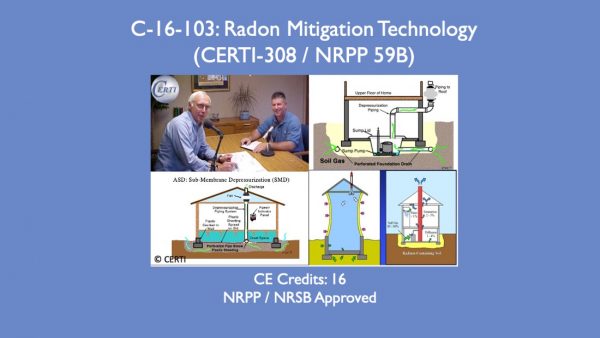




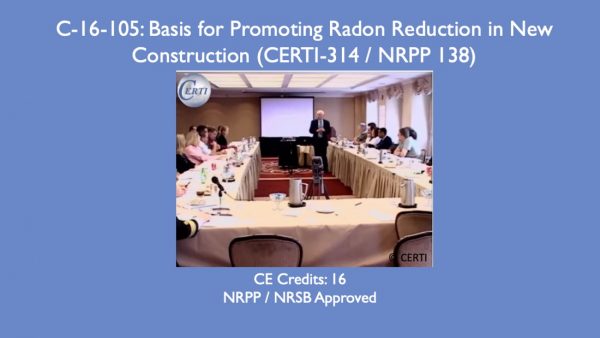



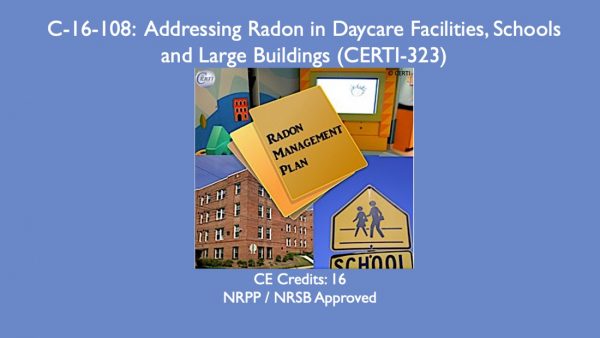

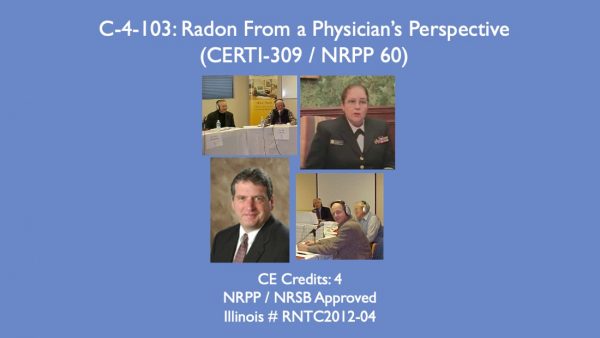

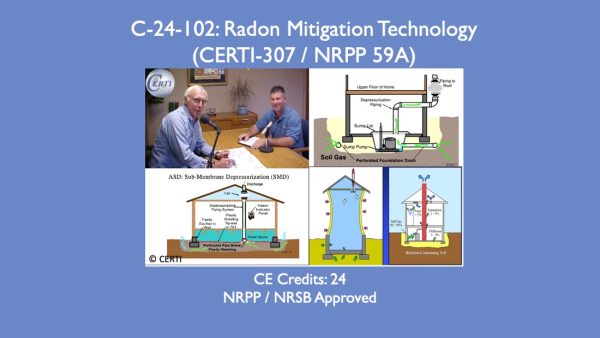
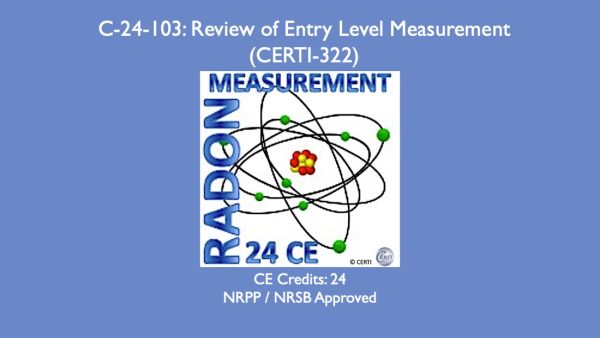


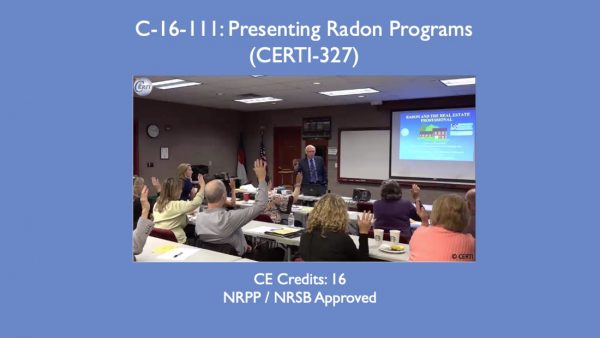
Reviews
There are no reviews yet.